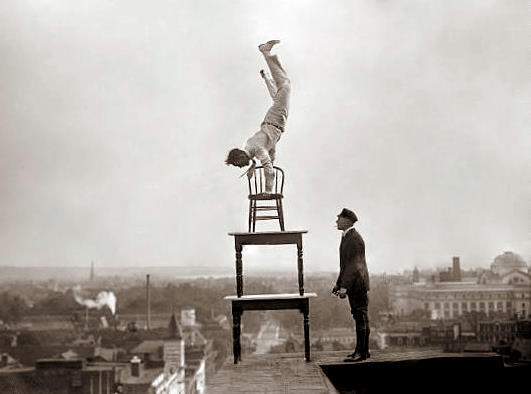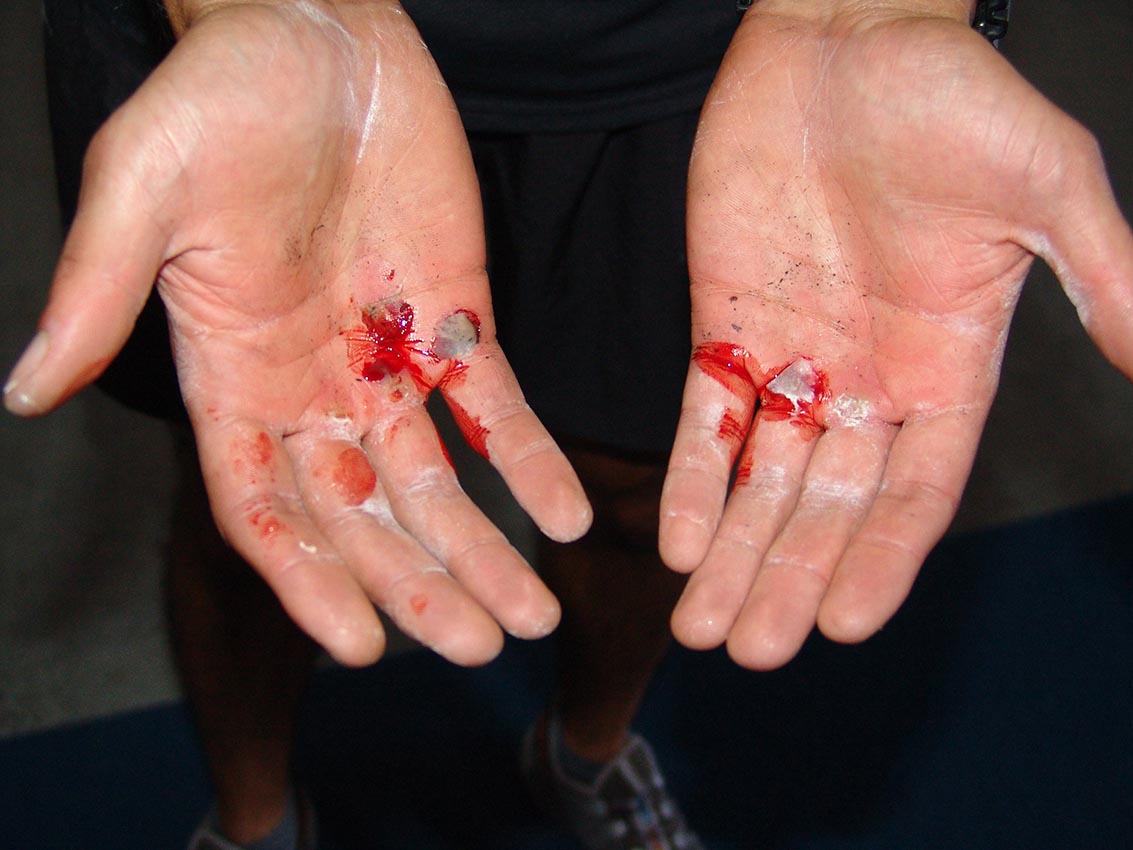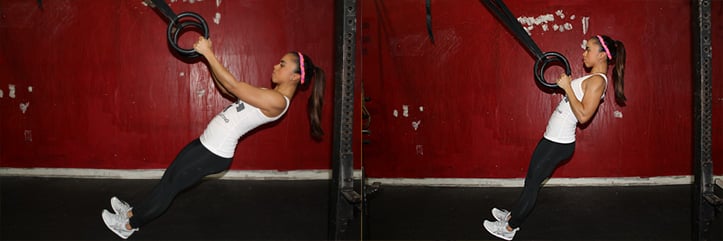Balance
Life is short. Live fast and die young, as the saying goes.
Or, if you want the most out of your numbered years, what about living a healthy, extended life with family and friends and dying fulfilled and grateful?
Live balanced and die happy. Now that's more like it.
What is a balanced life?
In the weekly grind of mundane haste, it's easy to get caught up in the flow of school or work and lose oneself in a rut of unhealthy behaviors. By unhealthy I don't solely mean the truly damaging habits of poor diet and lack of exercise; I'm not just focusing on eating, drinking, or sedentary slip-ups. I am referring to health in the whole sense, which includes social, mental, and emotional well-being.
Never spending quality time with family and friends can be socially damaging. Never having alone time can cause a negative mental dependence to develop. And never taking time to slow down and appreciate the positive pieces surrounding us can create a void in our emotions.
Introverts and extroverts alike, a balance is crucial. Our personalities may change but the primary parts of life remain the same.
Physical, mental, and social well-being are ever-present, and like an equilateral triangle, all are essential pieces to a happy and fulfilled existence. It is this balance that keeps us safe and thriving atop the gigantic skyscraper of life.
Why the glorification of busy?
So why do we neglect these inherent parts of being human? Are we afraid of something? Of not having money... or worth... or prestige? If life is a skyscraper, are we afraid of taking an epic fall to a meaningless concrete demise many stories below?
Working too much has been detailed and researched, particularly as of late, to prove that the stresses of life can cause mental and even physical duress. [Sources here, here, and here.]
Time spent traveling to and from work can sap energy, change body composition, and harm spinal posture; it is particularly stressful when being late for work is factored in. In addition, combine this with time crunches or the pressure to make quotas and stressors quickly build up to take their toll on the body.
A shortened lifespan? Not something worth singing about at all.
How does balance affect fitness?
If we're looking for overall health and well-being, then we want a balance of work and the rest of life.
We also want a balance of work in the gym with the rest of our day. Meaning, we need nutrition, we need exercise, we need recovery, but we also need our friends and family. Our focus can't just be physical work. It's important to realize the full spectrum of life includes mental health and social well-being.
Word hard (work smart), rest (recover well), and repeat (build healthy habits).
And remember to include others in the journey.
The great part of CrossFit and any group fitness community is that oftentimes these other dimensions of life are acquired along with the physical benefits. Emotions are regulated. Stress relief is noted. Friendships can develop. A second family adopts us to nurture us through personal ups and downs.
So how do we maintain this balance of physical, mental, and social well-being?
Tips for Creating Balance in Life
1. Prioritize. Big rocks > pebbles > sand.
- Don't sweat the small stuff. If you only worry about the little things then all the important items in life will fall by the wayside.
- Apply your daily energy correctly. Drop activities that sap your time. Let go of unnecessary drama like a piece of scrapped metal from a rooftop construction worker.
2. Organize. Past → Present → Future.
- See the future. Use past knowledge to set schedules and make deadlines. Write things down to cement plans and lessen the stress of forgetfulness.
- Create downtime in your day. Leisure time matters! For instance, make space for fitness, and the rest of your life will benefit. For many, a daily workout is the ultimate stress-reducing activity.
- Declutter. Get rid of any mess. Purging can be freeing. A happier you transcends all efforts in work, hobbies, and family time.
3. Energize. Dream / Drive / Reflect.
- Dream big. Sure, stay grounded in reality, but keep ambition and desire alive. Use the huge crane known as goal setting to drag your aspirations skyward.
- Maintain a healthy drive. Tell others about your goals. Settle things into place with help from co-workers, friends, and family. They are your rock, your foundation.
- Reflect. Step back and see what you've built. Do you like it? If not, get the blueprints back out and get to work. If so, congratulations. Use that success to energize the next life project.
Balance your hobbies with your profession, balance your workouts with your social life, and balance your stress with decompressing activities to get the most out of life.
Keep your footing. Remember what is important to you and learn to walk that fine line between busy and dedicated.
Not only is this possible, but it is also essential to overall wellness in the balancing act of life.
- Scott, 7.6.2015























